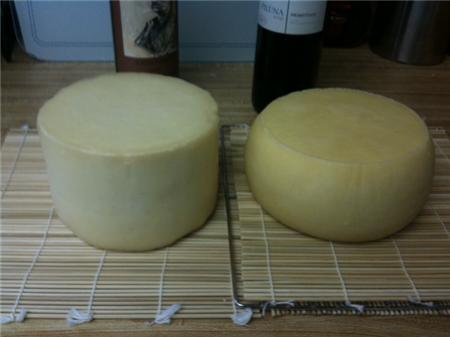What is milk? Well I am not a scientist but I played one in a play in high school, so I will try to describe it at the scientist-playing-ham-actor level. Milk is composed of these things:
- Water
- Insoluble proteins (casein)
- Butterfat
- Soluble proteins
- Lactose
- Enzymes
- Vitamins and minerals
- Some bacteria and viruses (they are everywhere!)
- Trace compounds from the food the animal was eating like herbs and grasses
The relative amounts of each varies based on the type of animal and what they are eating and drinking. You can make cheese from the milk of cows, goats, sheep, oxen, camels, yaks and even people. Essentially any mammal can make milk, and from that we can make cheese.
Lactose is a carbohydrate and is really yummy to lots of types of bacteria. If milk did not have lactose, it would take a lot longer to spoil. If there were a way to convert or expel the lactose, then that process would make the proteins and fats last longer so you could store that part of the milk longer. Voila yogurt and cheese!
When we make cheese, we add beneficial bacteria to the milk and they chow down on the lactose, converting it to a mild acid called lactase. If you add an enzyme called rennet at this point, it will cause the insoluble proteins to link together to form longer chains which can trap and hold some of the fat while expelling some of the soluble proteins, water and lactase. The fat and insoluble proteins form what we call curds. The water, soluble proteins and lactase that are expelled are called whey.




